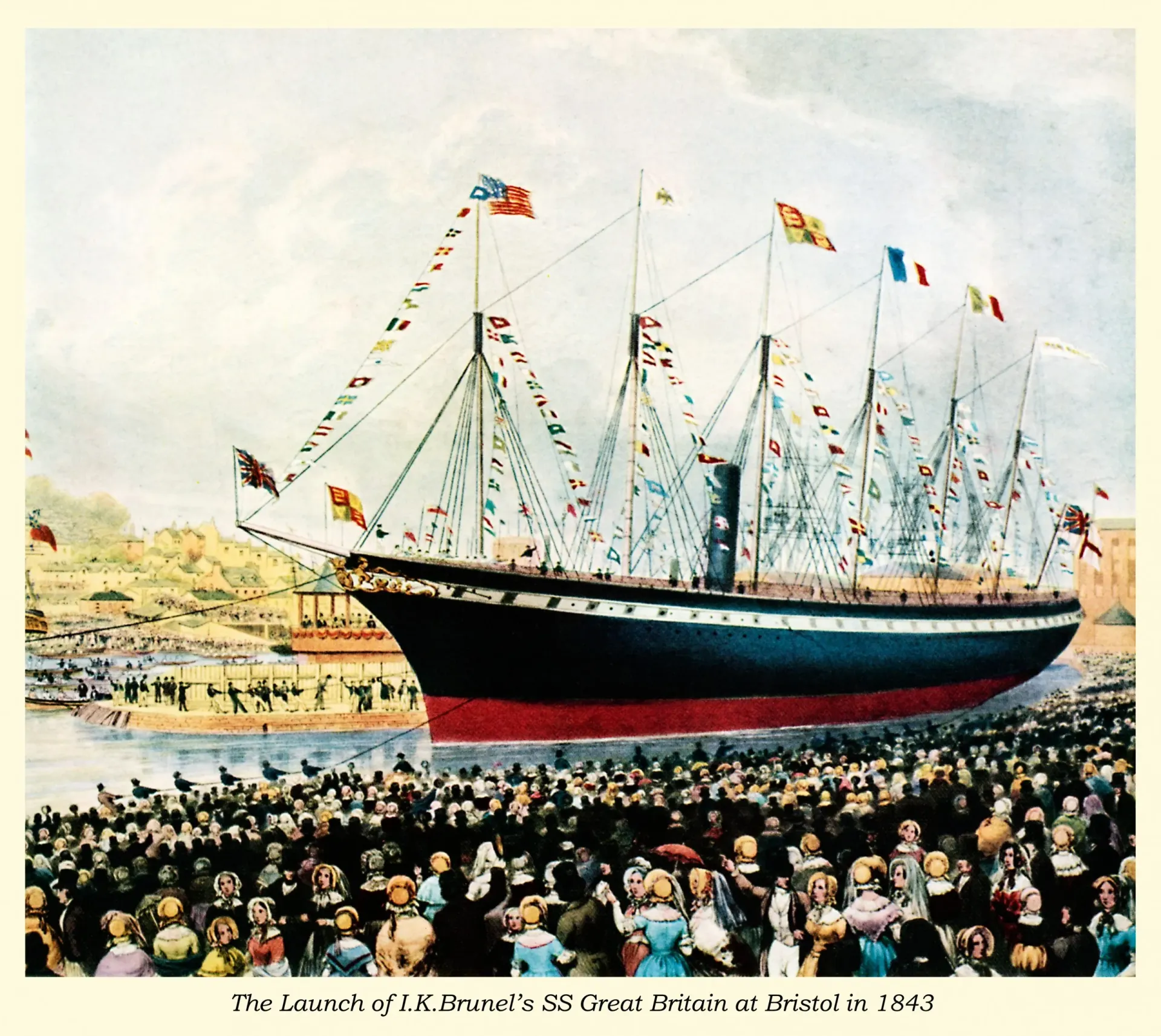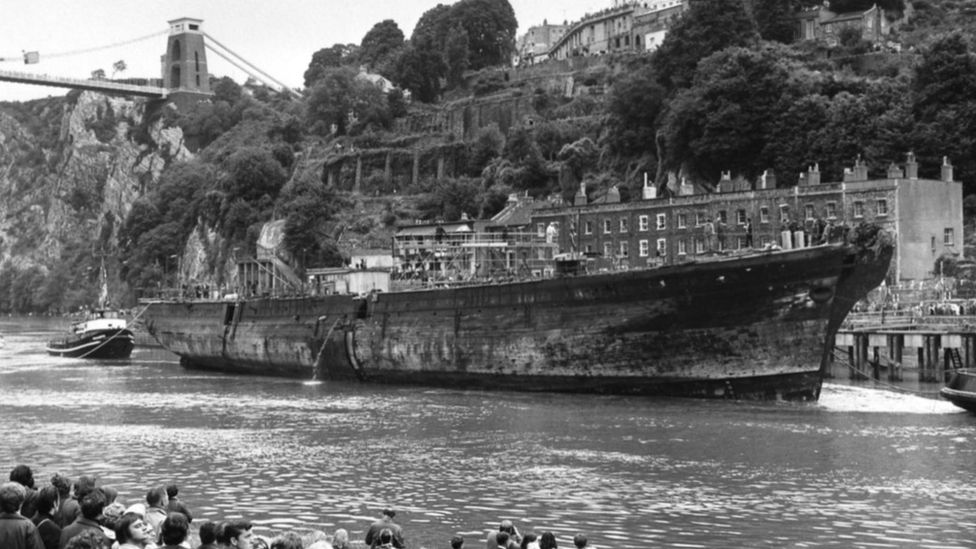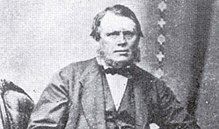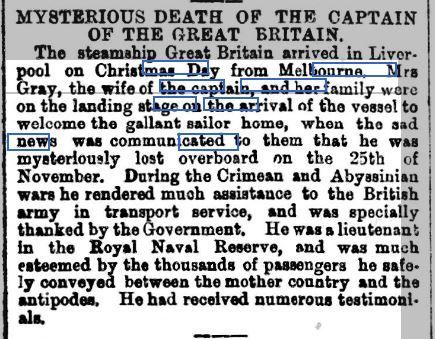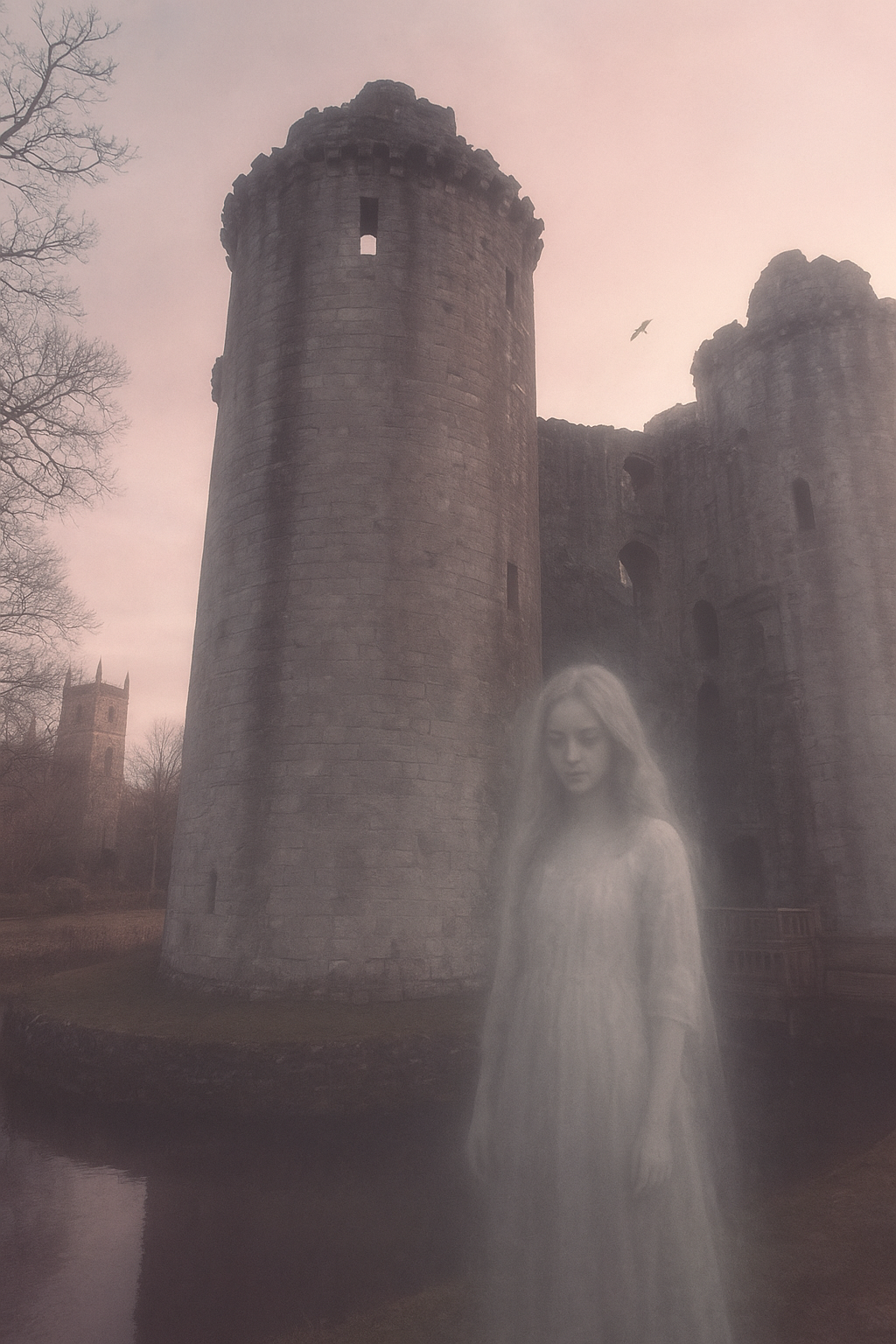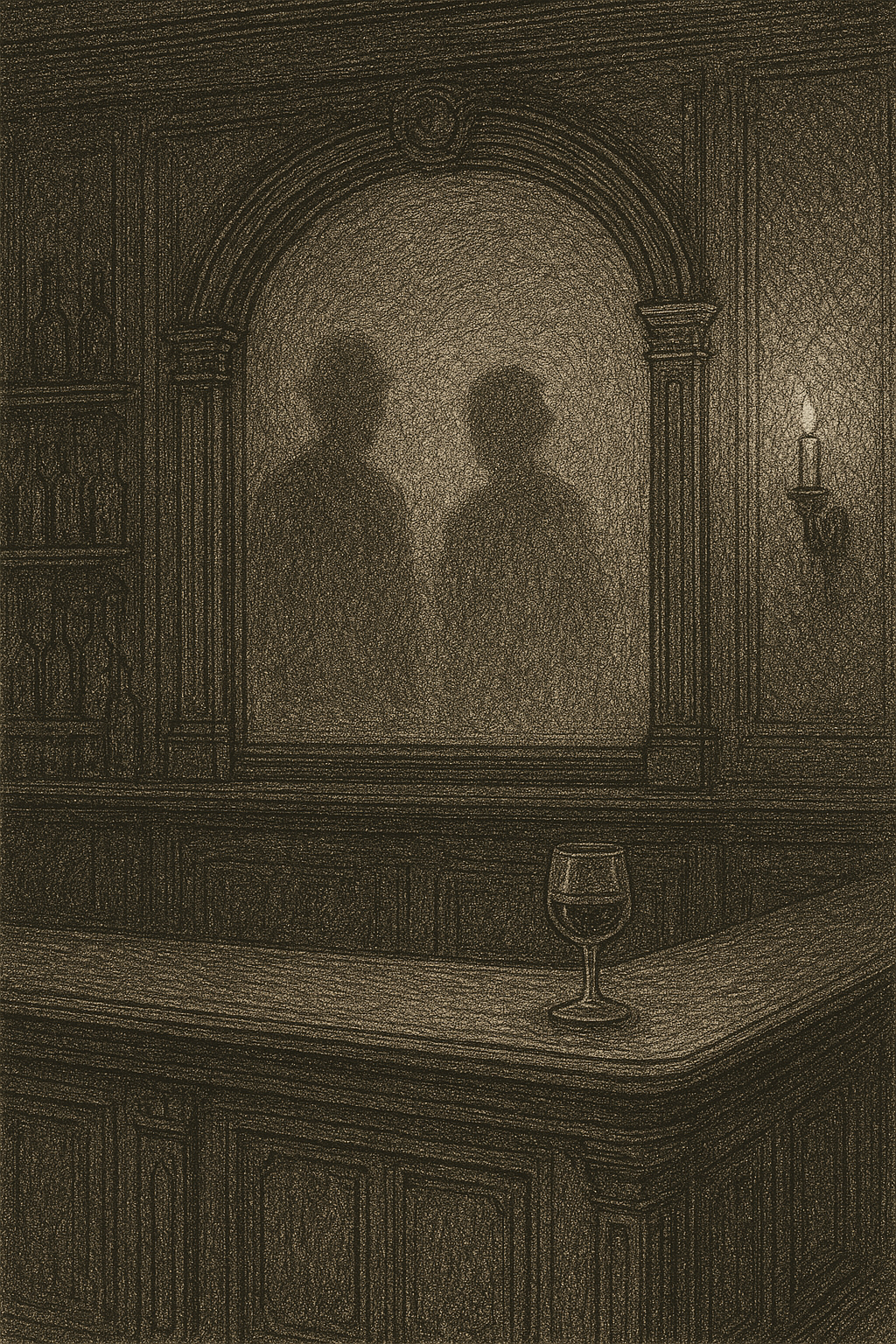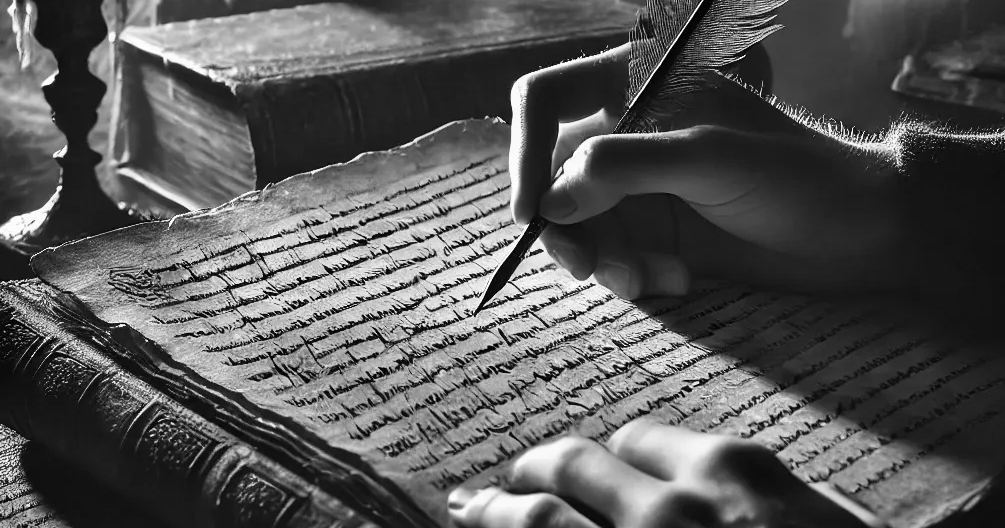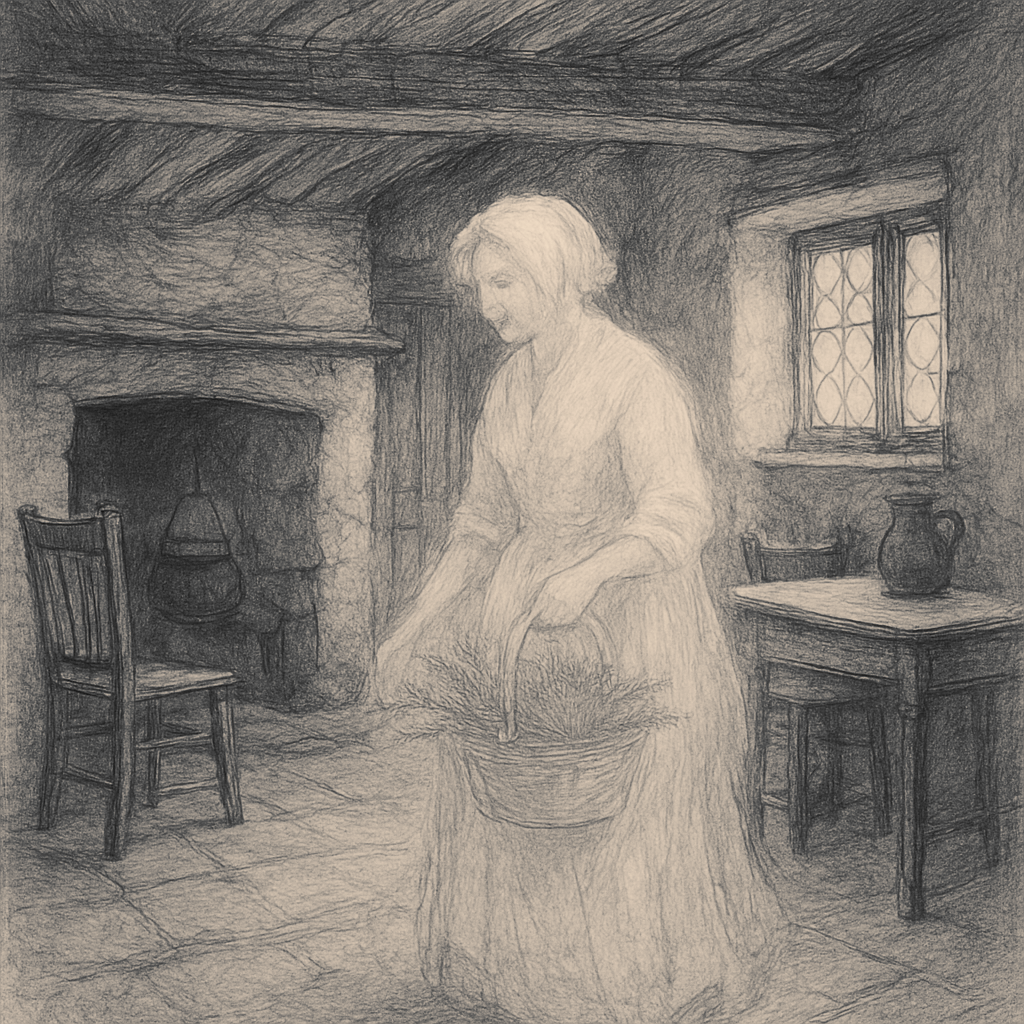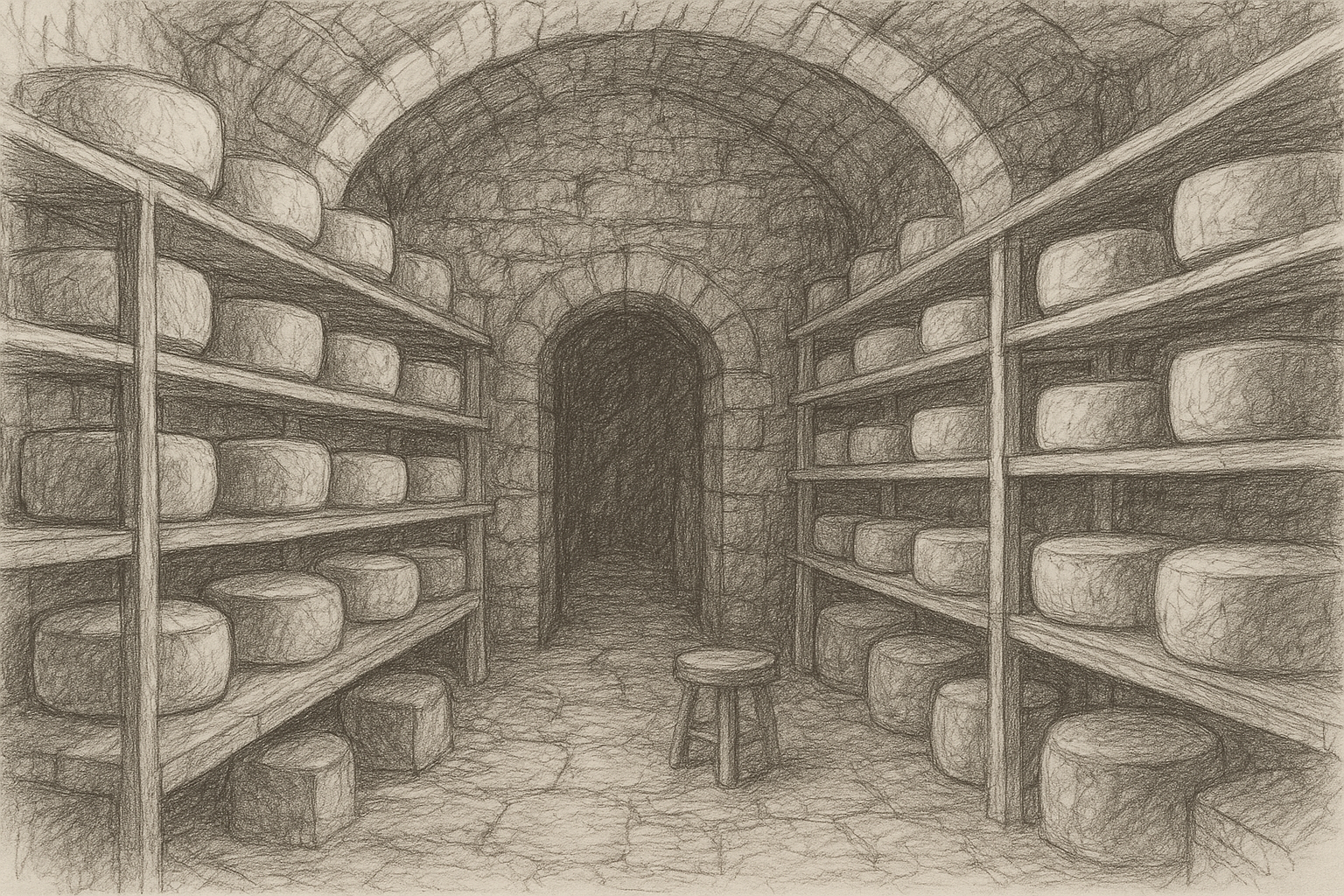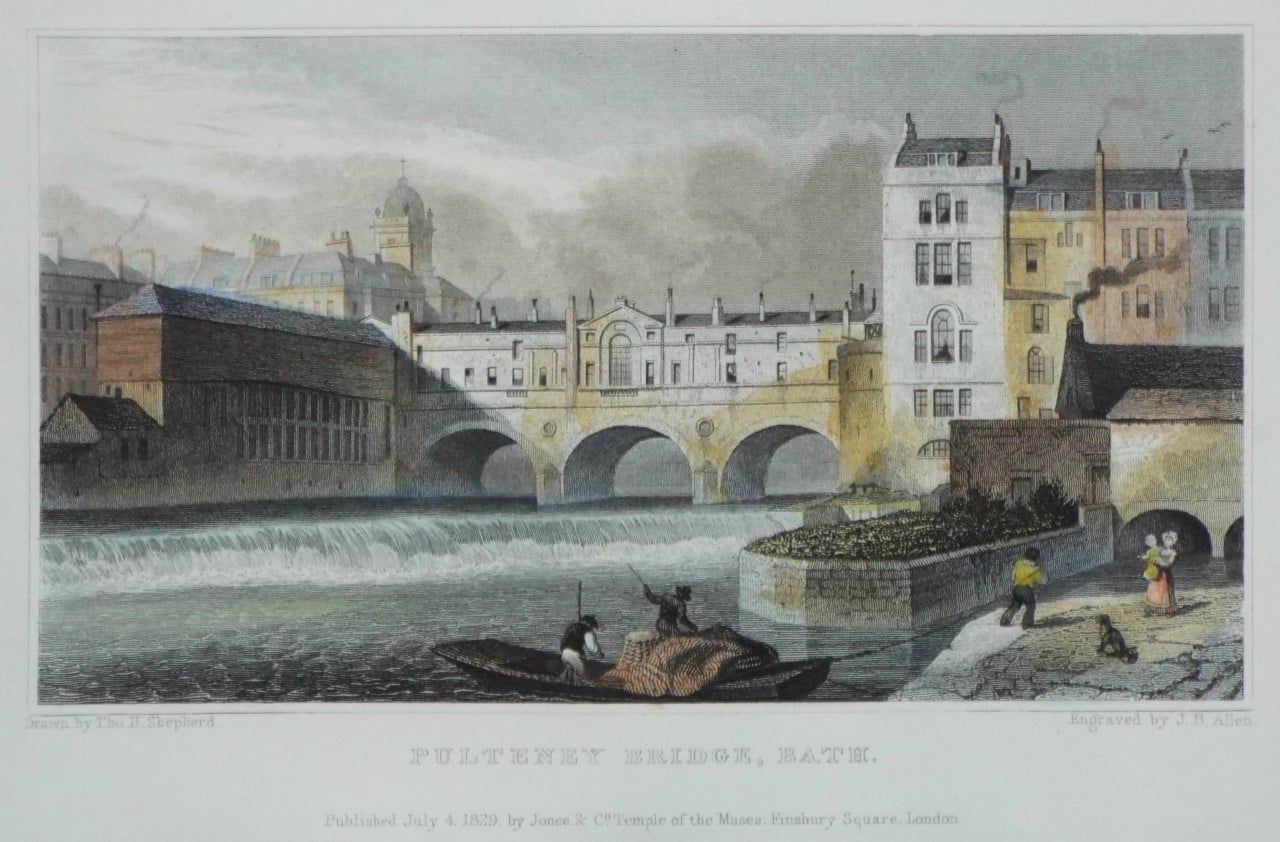The SS Great Britain
The SS Great Britain - Great Western Dockyard ~ Bristol
History -
SS Great Britain is a museum ship and former passenger steamship that was advanced for her time.
She was the largest passenger ship in the world from 1845 to 1853.
She was designed by Isambard Kingdom Brunel (1806–1859), for the Great Western Steamship Company's transatlantic service between Bristol and New York City and was the largest ship afloat when she was launched on 19 July 1843.
It was the world's first great ocean liner, carrying thousands of emigrants to Australia.
She operated on the England–Australia route for almost 30 years, interrupted only by two relatively brief sojourns as a troopship during the Crimean War and the Indian Mutiny.
On 8 December 1863, she was reported to have been wrecked on Santiago, Cape Verde Islands whilst on a voyage from London to Nelson, New Zealand.
All on board were rescued.
In 1882 Great Britain was converted into a sailing ship to transport bulk coal.
She made her final voyage in 1886, after loading up with coal and leaving Penarth Dock in Wales for San Francisco on 8 February.
After a fire on board en route she was found, on arrival at Port Stanley in the Falkland Islands where she ran aground, to be damaged beyond economic repair.
She was sold to the Falkland Islands Company and used, afloat, as a storage hulk (coal bunker) until 1937, when she was towed to Sparrow Cove, 3.5 miles from Port Stanley, scuttled and abandoned.
As a bunker, she coaled the South Atlantic fleet that defeated Admiral Graf Maximilian von Spee's fleet in the First World War Battle of the Falkland Islands.
In the Second World War, some of her iron was scavenged to repair HMS Exeter, one of the Royal Navy ships that fought Graf Spee and was badly damaged during the Battle of the River Plate.
Hauntings -
The ship's long history does include some tragic events.
Captain Gray is rumoured to have committed suicide leaping from his cabin window, a young bride, Mrs Cohen, died on board within weeks of marriage, a young sailor fell from the rigging to his death; others were swept overboard; babies, young children, and the elderly died on the long two-month voyages to Australia.
The ghostly figure of a woman on the Promenade deck was seen by workers just before completion of works for the ship's re-launch in 2005.
The woman vanished when workers approached her; the woman's identity is not known.
In 1992, Sonny Graffo, a 17 year old student of travel and tourism who was doing a work placement in the souvenir shop had a strange experience when touring the ship. "I was looking across a deep chasm into the bowels of the ship, about 30 or 40 feet below me there were beams of wood going across the gantries.
I did a double-take and saw a chap sat on a beam of wood, staring across the gap back at me.
He was wearing a white-collared shirt, had broad shoulders, a grey-white beard and looked scruffy.
He was just sat there swinging his legs, and looked like he had been dragged through a hedge backwards, a bit like Captain Birdseye.
I thought he was a workman and called across to him, but he just sat there staring at me.
Then I wondered how he could have got there, as there was no way of getting out to the plank."
When he got back to the shop and told the staff what he had seen, Sonny was told it was probably "Johnny", an apparition that had been seen before.
When shown a picture of Captain Gray he described the figure he had seen as "strikingly similar.
John Gray (8 December 1819 – 25 November 1872) was a Scottish merchant seaman and master mariner who served as Captain of the SS Great Britain for eighteen years.
He died in mysterious circumstances, after apparently jumping or falling overboard
On his two penultimate voyages to Australia and back, Gray, according to subsequent newspaper reports:
He suffered severely from liver and stomach complaint, brought on by pure anxiety to maintain the reputation of his ship in the strong competition with the London steam clippers.
On 25 November 1872, thirty days into another return voyage from Melbourne to Liverpool, Gray complained of pain in his bowels and returned to his cabin.
Near midnight he was seen walking towards the ship's deck.
The next morning, he could not be found, and one of the transom windows at the ship's stern was open, having been locked the night before.
The letter he had been seen writing that night could not be found.
Since there was no way to send a message ashore, his wife Mary Ann (née Jamieson) only found out that she was a widow when she and one of their daughters met the ship upon its arrival in Liverpool in January 1873.
His death was reported on the front pages of newspapers in the United Kingdom and in Australia.
In 1999 a consultant Derek Sinclair was working alone at night in the ship's Forward Hold, when he heard very distinctly and clearly the sound of heavy footsteps coming down the stairs inside the former Crew's Quarters in the next compartment.
Convinced that a colleague had come on board to find him, he put his head round the door only to find the room dark and empty.
He rushed off the ship to see his colleague who had remained in the nearby office building, and confirmed that no one else was even on site, let alone on board the ship.
A member of the events team, and SS Great Britain Trust Steward Bob Evans, reported hearing the sound of music playing within the ship when they investigated they could not find the source.
Martin Williamson, who acts as 'Mr Brunel' at the visitor attraction, saw the lower part of someone or something's leg disappearing through a door.
Whilst preparing for an event, on a late night in the summer of 2008, a member of staff reported seeing the face of a small child.
It was just outside of the Steerage compartment, as she was going down the stairs to the ship's Hayward Saloon.
Mr Wade, a security officer, claimed he experienced 'unusual goings-on' while doing his nightly check on board.
He said: "I saw a door move backwards and forwards and heard noises onboard, including the sound of locked doors slamming near the Captain's Cabin.
On one occasion I actually watched a door handle turn clockwise slowly and when I tried to open the door, it was locked.
When I used my key to open the door, there was no one in the room.
Then I heard a bang and heavy footsteps at the other end of the Promenade Deck, and watched a door slam shut.
When I checked it, the door was locked.
One night I heard distant voices and the room went really cold.
I am certain I felt a presence there with me." Mr Wade told how other colleagues said that they 'felt strange' on board and one or two security officers actually refused to work onboard the SS Great Britain.
Sources - Ghost Story. com/ The Haunted West Country Group/ Wikipedia
Photos - Google, SS Great Britain
© Somerset Paranormal
Share
